The baby's bed must have such a means of protection as sides. Only they are able to protect the child from drafts and blows to hard rods. Moreover, you can perform such sides yourself, using patterns of patterns and recommendations.
Content
- We sew the sides in the crib with our own hands
- Slices size in a crib
- How to choose fabric for sides in a crib?
- Types of sides in a crib
- Parts of sides in a crib. How much fabric do you need on the sides in the crib?
- Which sides in the crib is better?
- Which filler for sides to choose in a crib?
- What beautiful sides can be sewn in a crib with your own hands?
- How to sew a book on a bed in a crib?
- How to sew short sides in a crib?
- How to sew a side in a crib 60 cm?
- Video: How to sew the sides in the crib child?
The side in the crib is incredibly practical, and most importantly - the necessary thing. This element allows not only to protect your child from drafts and cold air, but also to soften the child’s blow to hard rods and other parts of the crib.

We sew the sides in the crib with our own hands
Of course, such sides can be purchased at any children's store. They are also called “bumers” or “protection”, but is it worth spending a huge amount of money on what you can create with your own hands and love?
To make beautiful and reliable sides, you need to stock up:
- cotton cloth
- synthetic winterizer and foam
- patience
Slices size in a crib
The most common crib dimensions are the same:
- length 120 cm
- width 60 cm
- height 55 cm
How to choose fabric for sides in a crib?
To protect for such a crib, you need to have a fabric of 4 meters long. Choose a dense, but natural material that will not cause allergic reactions in a child. In any fabric store you can choose:
- cotton
- coarse
- linen
- chitz
- flannel

Important: before use, wash such fabric in a washing machine and carefully ironed with steam processing. This is necessary because natural fabrics tend to sit down.
Types of sides in a crib
Each parents acquire sides in the crib based on their preferences. So, the concepts of “convenience” have their own and therefore, there are several main types of barriers.
The most common species - four -sided, where all 4 sides of the crib are tightly protected around the perimeter, but the half -sides - only the side parts hide. There are sides of various heights and methods of attaching to the crib: Velcro, ties or fasteners.

Important: the fabric of the side also carries a developing function. Growing up the baby will certainly consider the environment surrounding it, so the pattern on the fabric should not be too lalyopy and “heavy”.
Parts of sides in a crib. How much fabric do you need on the sides in the crib?
The process of independent manufacture of the side is not complicated. For the standard size of the crib, you will need a fabric of about 55 by 110 cm, as well as the corresponding foam. Following clear recommendations, each mother can perform the perfect bumper for the baby's crib.
- Measure the crib to study the dimensions in detail and correctly distribute the fabric on sewing sides
- Transfer all the measurements to a sheet of paper and draw the desired design of the side.
- Cut the fabric into patterns, in accordance with your size
- With the help of a sewing machine, stitch all the edges, leaving only one unathed
- Frozen foam. Keep in mind that its size should be on the floor cm less than a pattern
- Cut the foam and place it inside the pattern
- Sew 4 edge of each pattern
- If necessary, decorate the side with ribbons, lace and sew the ties
The following patterns will help you visually distribute all the stages of work for yourself and understand the structure.

Which sides in the crib is better?
If you decide to make protection for the crib of your child yourself, you must certainly know about the positive and negative properties of each species. So, focusing on the pros and cons, you will decide which sides are better in the crib and which are worse.
- A tall side in the crib has a clear advantage, so qualitatively protects against drafts and does not allow the baby to hit a hard part. However, the entire review closes and the child is forced to observe only the internal territory of the crib
- A low side opens a wide overview, giving the baby the opportunity to observe everything that happens around, but does not prevent injuries
- Protection performed with fastenings in the form of locks, ties and especially Velcro are able to break in situations when the baby stretches to stand up and pulls the side. Therefore, the option with fasteners is the most reliable. If the side has locks, he will not allow himself to tear himself away and hit the baby on the rod
- If you want to make a bumper with pockets, then a prerequisite is their presence on the outside of the crib. The internal location will constantly attract the baby
- The material of execution is also important. Synthetic materials can irritate the skin, so only natural fabrics are recommended. They will allow the product to withstand the wash, dry quickly and not lose their shape

Which filler for sides to choose in a crib?
Synetep and foam rubber are far from the only options for filling the sides. The modern world has many options that are different and have their own personal advantages. Namely:
- Foamen - Filler, but requiring compliance with a number of conditions. For example, careful and high -quality drying after washing. This material has the property of maintaining moisture well, which contributes to the development of microbes within itself. It has strong wear resistance
- Syntephop - The best filler for children's sides. This material is also not expensive, light, quite elastic, tolerates washing well and dries quickly. Its properties impede the development of the fungus. The main thing in the manufacture of the side is to flash a synthetic winterizer, to avoid rolling it

- Holofiber - A completely new material that is superior in quality to a synthetic winterizer. It is completely not toxic, does not hold moisture, dries quickly and retains its original shape. Due to its spiral structure, holofiber is very wear -resistant. It does not cause allergies

- Periodotex - Volumetric modern fiber. Its main advantage is hypoallergenicity. This is a very elastic synthetic filling material

- Hallcon - synthetic material with incredible heat -resistant properties. Does not cause allergies at all, elastic and wear -resistant

- Polyester - Hollow fiber. It has anti -allergenic properties. In any situations, it does not lose its original form. Does not absorb water and smells
What beautiful sides can be sewn in a crib with your own hands?
How to sew tall sides in a crib?
- Make four patterns of 43 by 63 cm (3 cm is the indent, i.e. 1.5 cm for each side)
- Make four patterns of 43 per 123 cm
- For frills, segments of fabric up to 15 cm wide and up to 1 m 80 cm are useful for frills
- Filler (synthetic winterizer) cut according to the sizes of the pattern
- Prepare strips for frills in advance and iron the iron. Fingers to form bends on the patterns and putting down the frill, sew the three sides.
- Having put a synthetic winterizer in a pattern, to sit up the fourth side
- Sew ties on all parts of the sides


How to sew a book on a bed in a crib?
- Prepare the fabric with compliance with the size of your bed and outline the patterns
- Fill the patterns with synthetic winterizer and stitch on a sewing machine
- Sew ties and decorative elements


How to sew short sides in a crib?
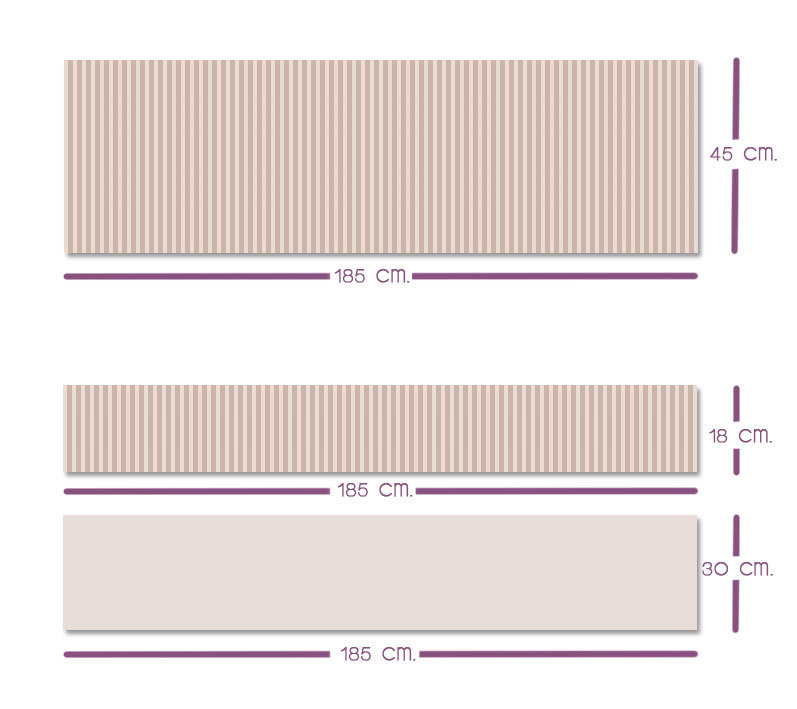
By following the recommendations for tailoring in our article, perform work following the patterns.

Bamper with ruffles
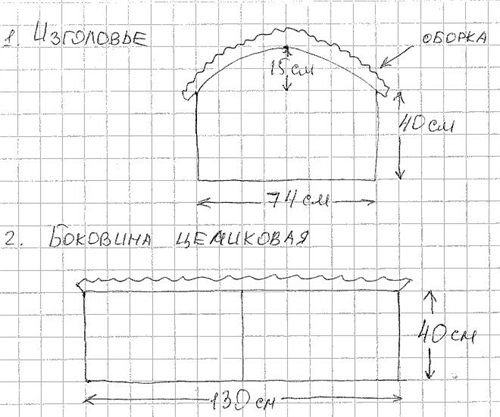
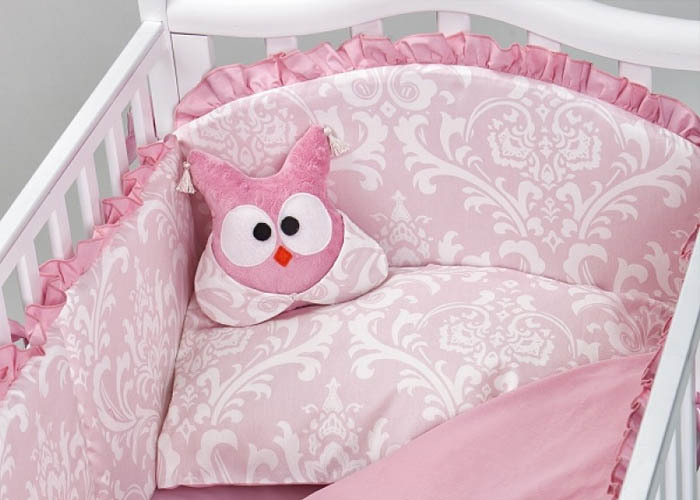
Practical bumper for Velcro
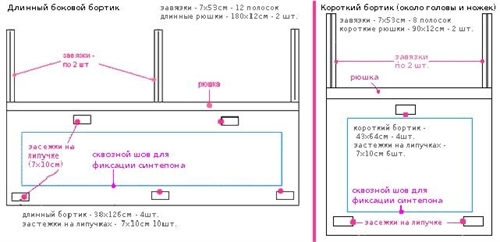

How to sew a side in a crib 60 cm?

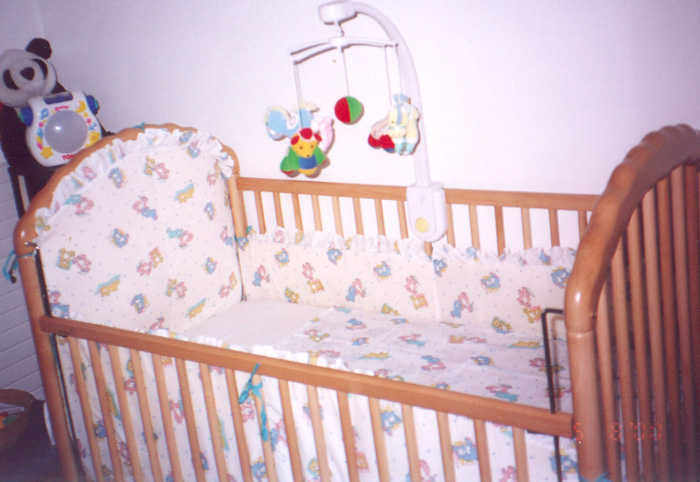
Side and bed for any crib
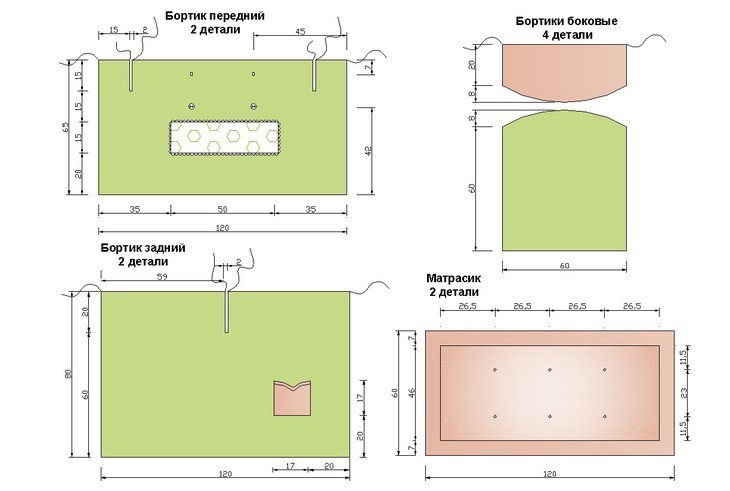




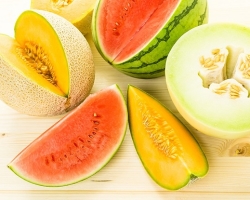


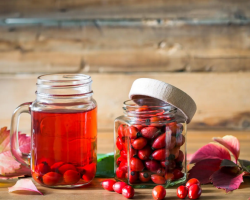
Cool article. Thank you. All available is painted.